Young Woman Promotes Tie-Dyeing in UK
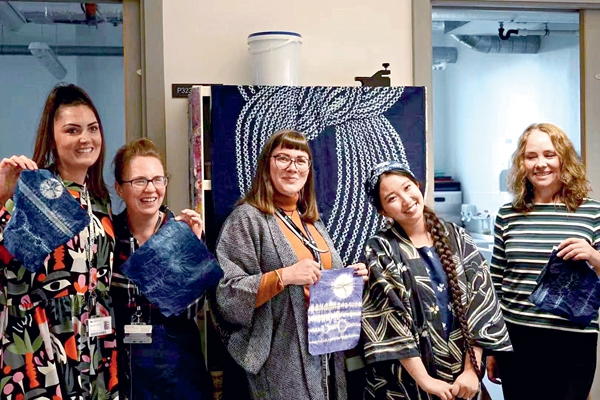
Duan Yiran, a young Chinese woman of the Bai ethnic group, has been promoting tie-dyeing in London, the United Kingdom, since she established Yicrafts, a craft workshop, in 2019. She says the best part of making crafts is not finishing the work, but using the crafts to connect people from different cultural backgrounds.
Duan is from Dali Bai Autonomous Prefecture, in Southwest China's Yunnan Province, the province with the largest number of ethnic minorities in China. There are 25 ethnic minority groups in Yunnan. More than half of the population in the prefecture is ethnic Bai.
In 2019, after she graduated from Royal Central School of Speech and Drama, University of London, where she majored i n costume design, Duan established her studio, Yicrafts, to teach traditional Chinese crafts, such as Bai tie-dyeing, embroidering and knitting.
Only a few people visited her studio initially, and most of those people were her former teachers or classmates. Duan produced a video demonstrating Bai tie-dyeing, and she offered online courses — on social media platforms in the UK — to introduce the craft.
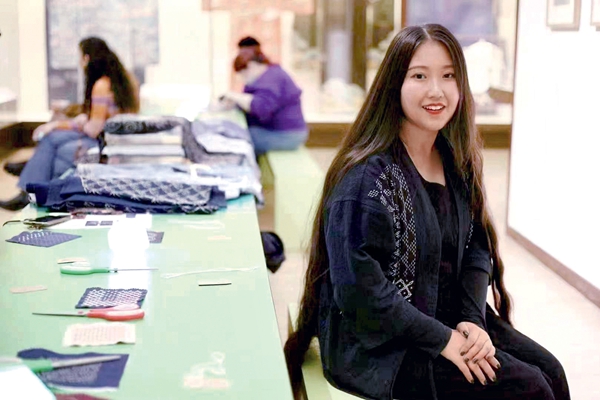
Her efforts have paid off; Yicrafts has gained recognition, and popularity, among people in London, and in other countries.
Since she established Yicrafts, Duan has organized hundreds of workshops, and she has at tracted thousands of people, from more than 10 countries, to attend courses on traditional Chinese crafts.
The studio has maintained stable, cooperative relationships with schools, enterprises and institutions in London. For example, the studio has organized workshops for University of London and the Victoria and Albert Museum.
"In 2021, Walt Disney Animation Studios invited us to give a workshop on bamboo weaving for its team behind the Raya and the Last Dragon (2021), as the animated film involved a scene involving bamboo weaving," Duan says.
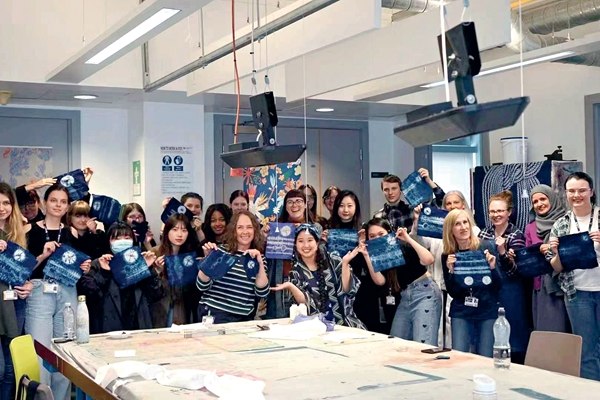
The slogan of Yicrafts is "Craft, Culture and Slow Living." Duan conveys a calm, relaxed attitude toward everyone who visits her studio.
When asked why she chose to pursue a career in Chinese crafts in London, Duan says it had much to do with her family, and the environment in which she was raised.
"When I was designing Victorian-age costumes, I used the embroidery needlework and knotting techniques I had learned from my grandmother. My teachers thought this was very interesting, and they said I was their first student to make fabrics using the craft of an ethnic group," Duan recalls.
Duan was born and raised in Zhoucheng, a village in Xizhou, a town in the prefecture. The village, known as the "Hometown of Bai Tie-dyeing," is famous for the tie-dye techniques of the Bai ethnic group. The tie-dyeing techniques date back to the end of the MingDynasty (1368-1644) and the early period of the Qing Dynasty (1616-1911).
In 2006, the tie-dyeing craft of the Bai ethnic group was among the first grouping of national intangible cultural heritage items approved by China's State Council.
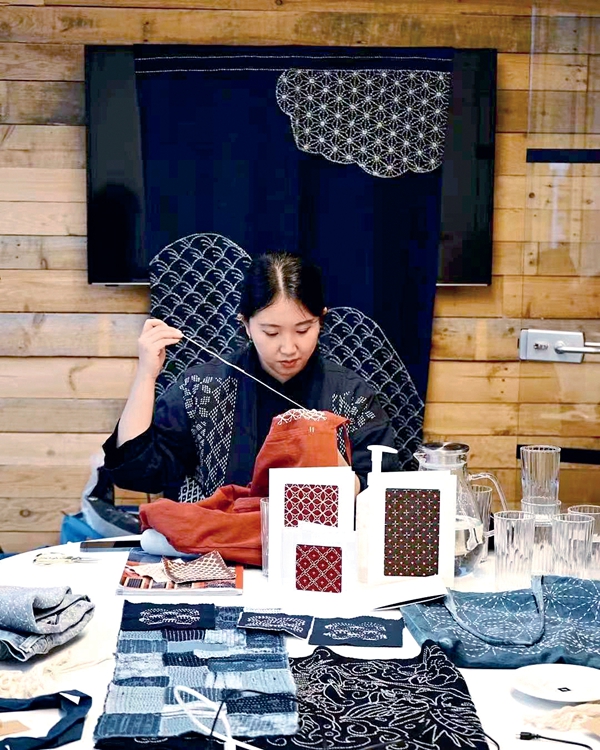
Duan's family has been inheriting the tie-dyeing craft for four generations. As her family operated a tie-dyeing workshop, Duan began helping — by completing simple tasks — her family make tie-dyeing crafts when she was very young.
"Almost all of the households in my village are engaged in tie-dyeing, with most of the practitioners being elderly people. I watched them making tie-dyeing crafts every day during my childhood, and I often learned to do tasks myself," says Duan.
Duan's grandfather used to run a tea house in the prefecture, and his tea house was popular with domestic and foreign tourists. Later, Duan's father transformed the tea house into a restaurant. As she watched the elders in her family as they received people from different cultural backgrounds, especially in a friendly and open manner, Duan grew to realize cultural exchanges were meaningful, and helped foster mutual understanding.
Duan believes making traditional crafts is a form of cultural exchange. "In my studio, people experience the fun of making traditional Chinese crafts, through which they begin to have a new, and better, understanding of traditional Chinese culture. My studio provides an opportunity for them to learn more about China, and the cultures of ethnic groups in China," Duan says.
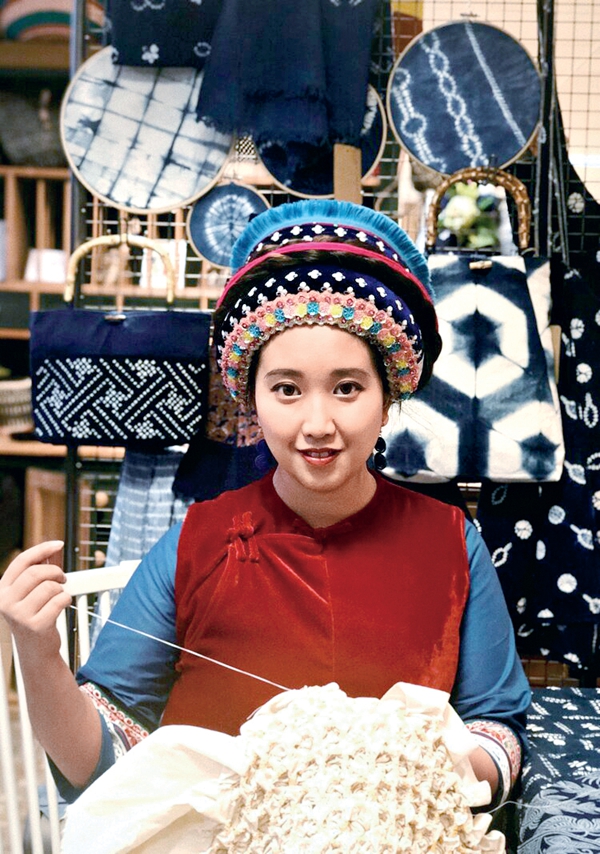
People can perceive the beauty of crafts without having to describe the beauty in words. With exquisite knitting, magnificent colors and mysterious patterns, the Chinese crafts embody the traditional aesthetic philosophy of Chinese people.
Duan says the aspect of her business that gives her the greatest happiness is bringing together people with different skin colors, languages and cultural backgrounds. They follow Duan's lead as they make tie-dye and other works, and they experience the charm of traditional Chinese crafts, and the spirit and value contained in Chinese traditional culture.
When they make tie-dye works, ethnic Bai people often create patterns that highlight their pursuit of beauty, convey good wishes, and keep records of the ethnic group's history.
"Many people may focus on techniques and neglect the cultural connotations of the handiworks," says Duan, adding she first discusses the cultural background of the patterns on the handiworks before she teaches the tie-dyeing techniques.
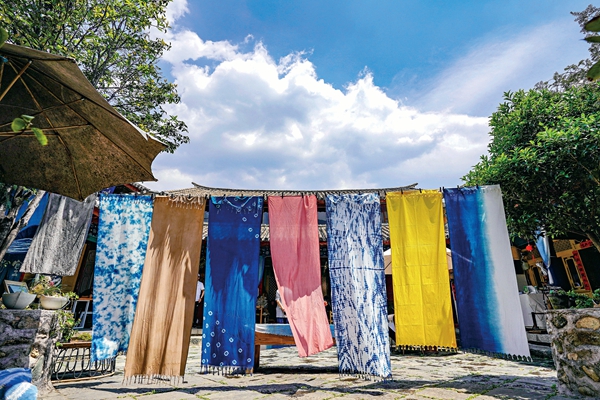
During her tie-dyeing classes, Duan explains how to make a butterfly pattern, and she also introduces the connotation of butterflies in Chinese culture.
"Butterflies often symbolize love in Chinese culture. For example, the Butterfly Lovers is a classic Chinese love story, from ancient China. Butterfly Spring is a well-known scenic spot in my hometown. My grandparents told me young people would go to the spring to sing songs if they had crush on each other," Duan tells her students.
Duan has designed courses based on the different traditional Chinese festivals, such as paper-cutting classes for Spring Festival and lantern classes for Mid-Autumn Festival.
Duan uses the crafts to help her explain the unique values and life philosophy of Chinese people to people participating in her courses. "I don't want to make all of my students become experts on Chinese culture. I just want to open a door for them, so they can learn about China and the East, and become interested in our culture. That's what I want to do," Duan says.
She also sells various products made by ethnic minority groups, such as tie-dyeing and embroidering, clothing, and bags and accessories, on her studio's website. Most of the products are made by craftspeople of the ethnic groups in the prefecture.
By selling the products, Duan hopes to help people around the world understand the value and significance of original ethnic crafts, and, in turn, help create connections between cultures.
Duan plans to take her students to the prefecture for a cultural exchange between them and inheritors of Chinese intangible cultural heritage. She also plans to invite masters of the traditional crafts to give lectures in the UK. "I want to spread more wonderful Chinese stories to the world," Duan says.
(Women of China English Monthly June 2023 issue)
Please understand that womenofchina.cn,a non-profit, information-communication website, cannot reach every writer before using articles and images. For copyright issues, please contact us by emailing: website@womenofchina.cn. The articles published and opinions expressed on this website represent the opinions of writers and are not necessarily shared by womenofchina.cn.


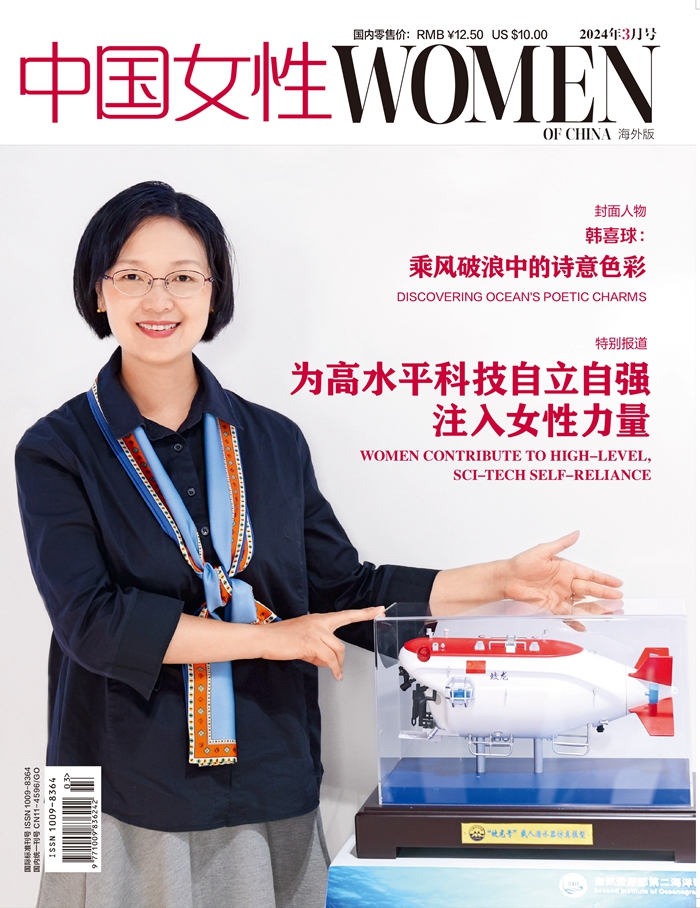

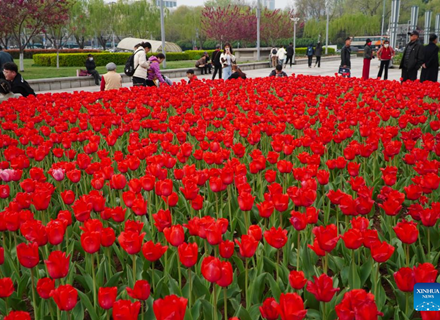
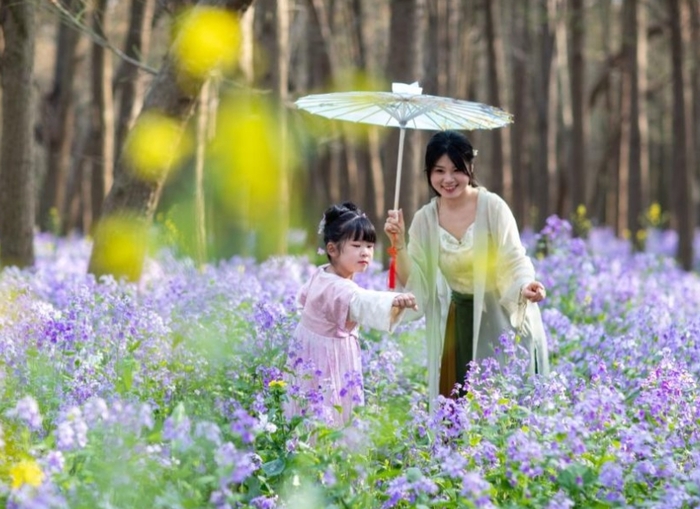


 WeChat
WeChat Weibo
Weibo 京公网安备 11010102004314号
京公网安备 11010102004314号